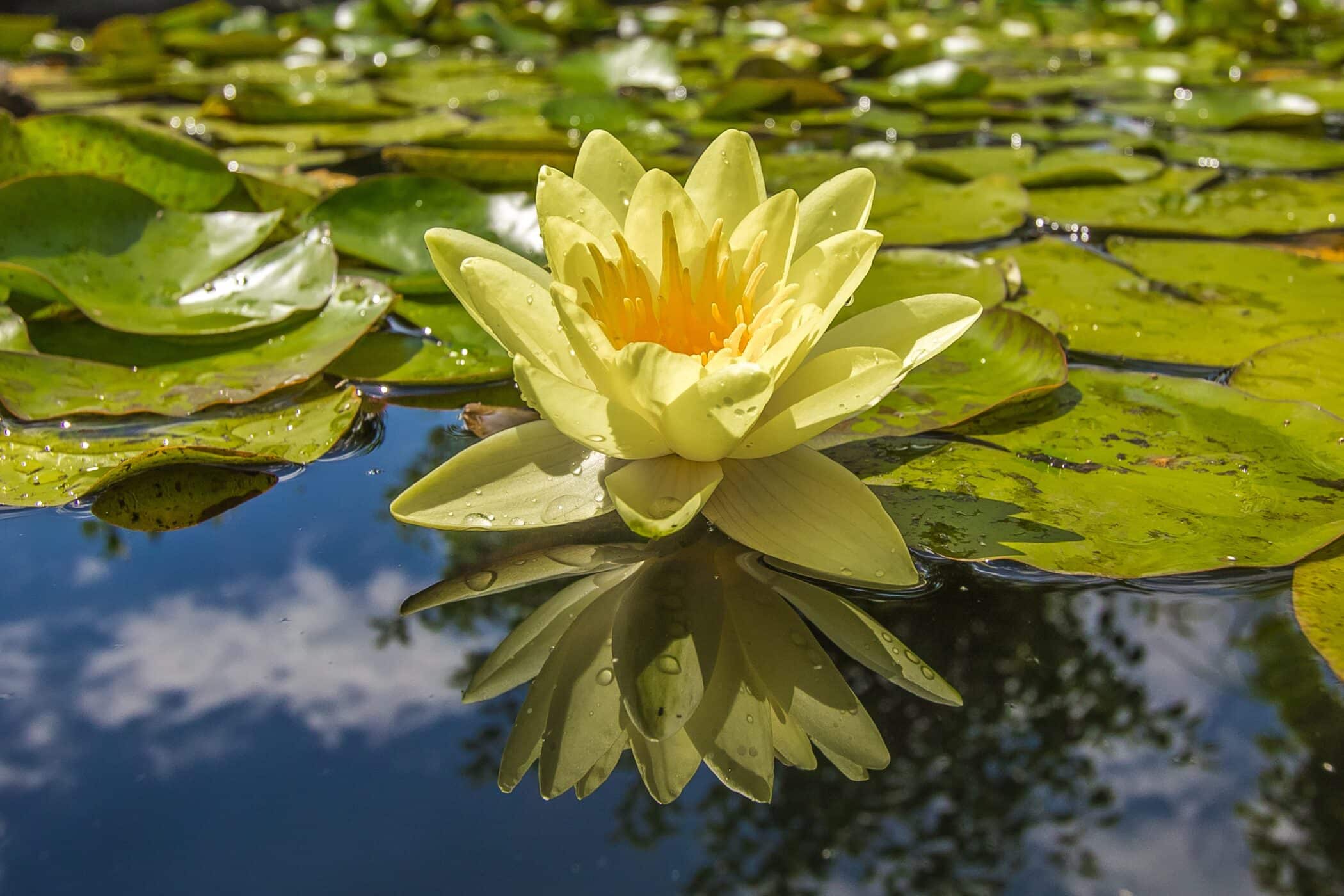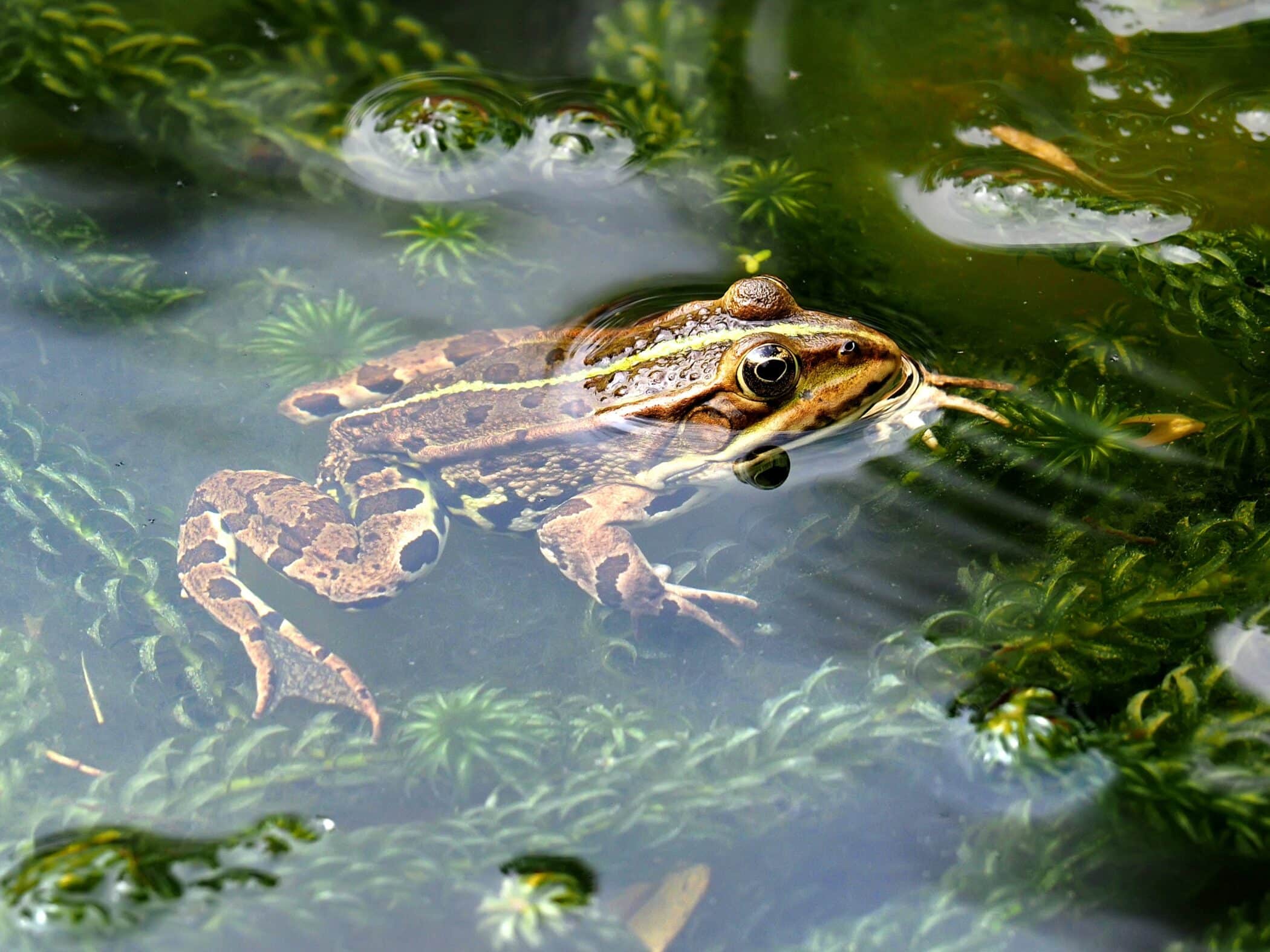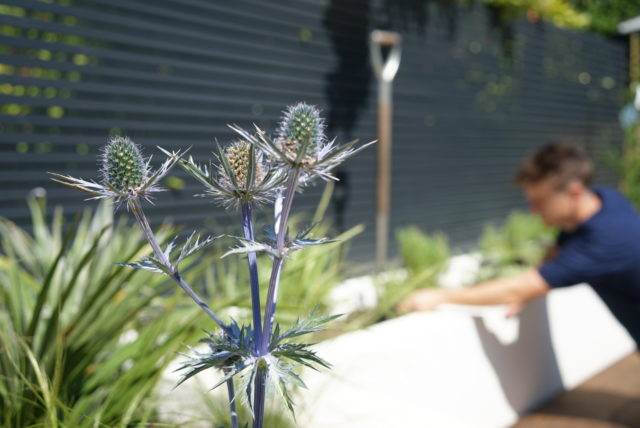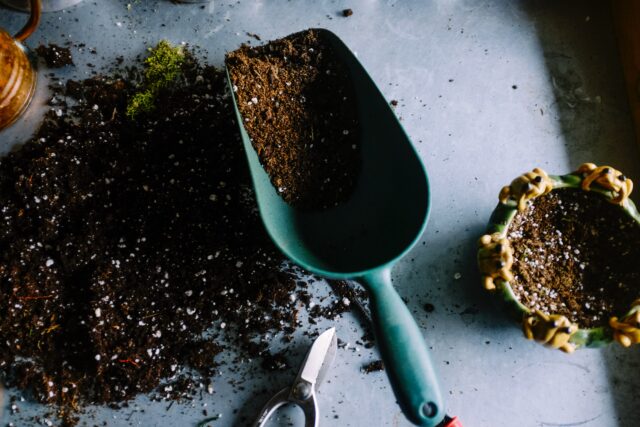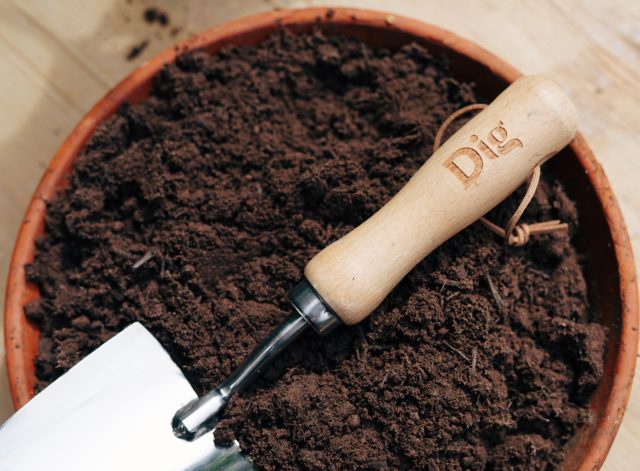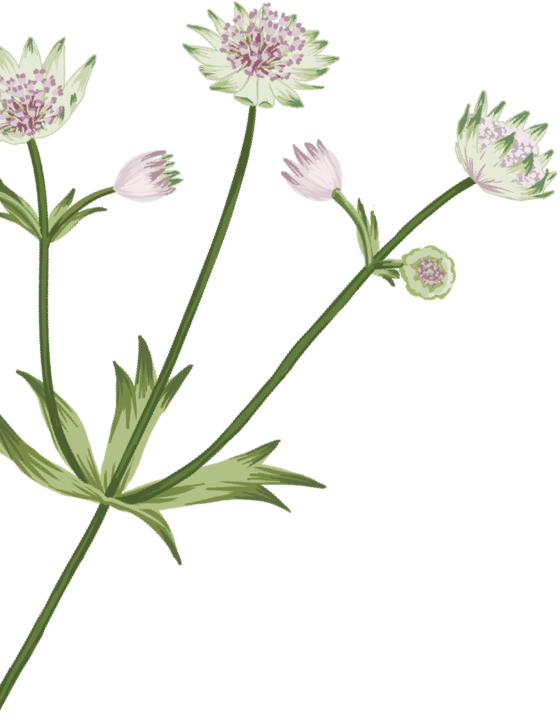Bulbs
A sure-fire way to brighten up your garden in spring is to plant bulbs in autumn. Most supermarkets and all garden centres will have a great supply of bulbs at this time of year. Scatter them around your garden, nestle them amongst your flower beds, fill large pots with bulbs and fresh compost, or even attempt a bulb lasagne. For advice on which bulbs work best with which of our six themes, keep an eye on our Instagram and next month’s newsletter. There is plenty of time to plant out bulbs before the end of the year. September is a great time to research and have a think about colour schemes and when you’d like different plants to emerge. All bulb packaging will detail when to plant and when to expect foliage and flowers.
#DigTopTip – If you have the space, you could even dedicate an entire patch of your garden to bulbs ready for a flourishing cut flower provision in spring.
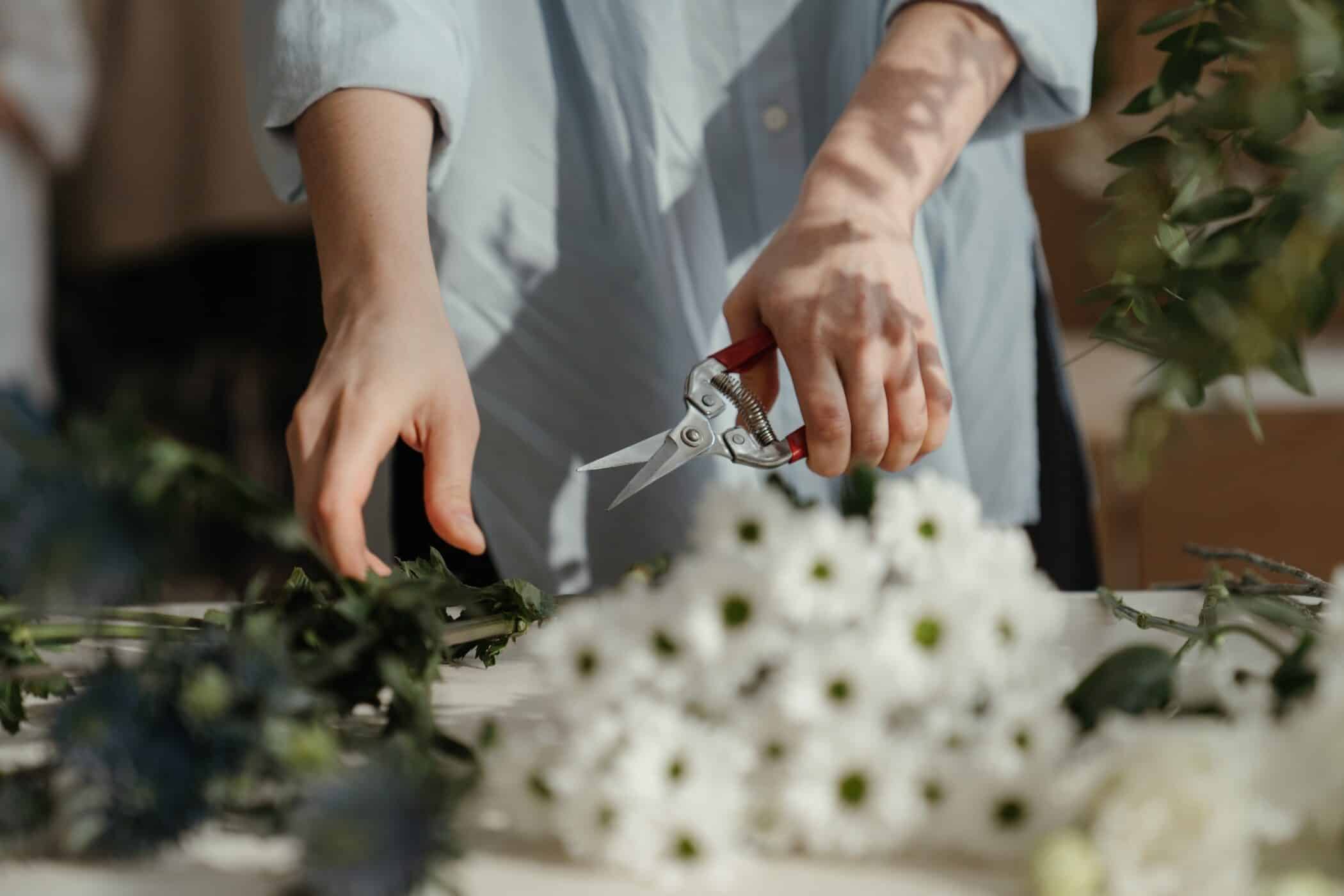
Late-summer deadheading
Late-summer flowerers like Dahlias, Geraniums, Penstamons and beyond all benefit from continued deadheading. Keep an eye on spent flowers and either snip or break them off with your hands to allow the plant to focus energy on new blooms.
#DigTopTip – When deadheading Dahlias, ensure to snip off the flower heads that are spent. These are generally pointed, with buds that are yet to flower retaining a round shape. You can see the difference below:
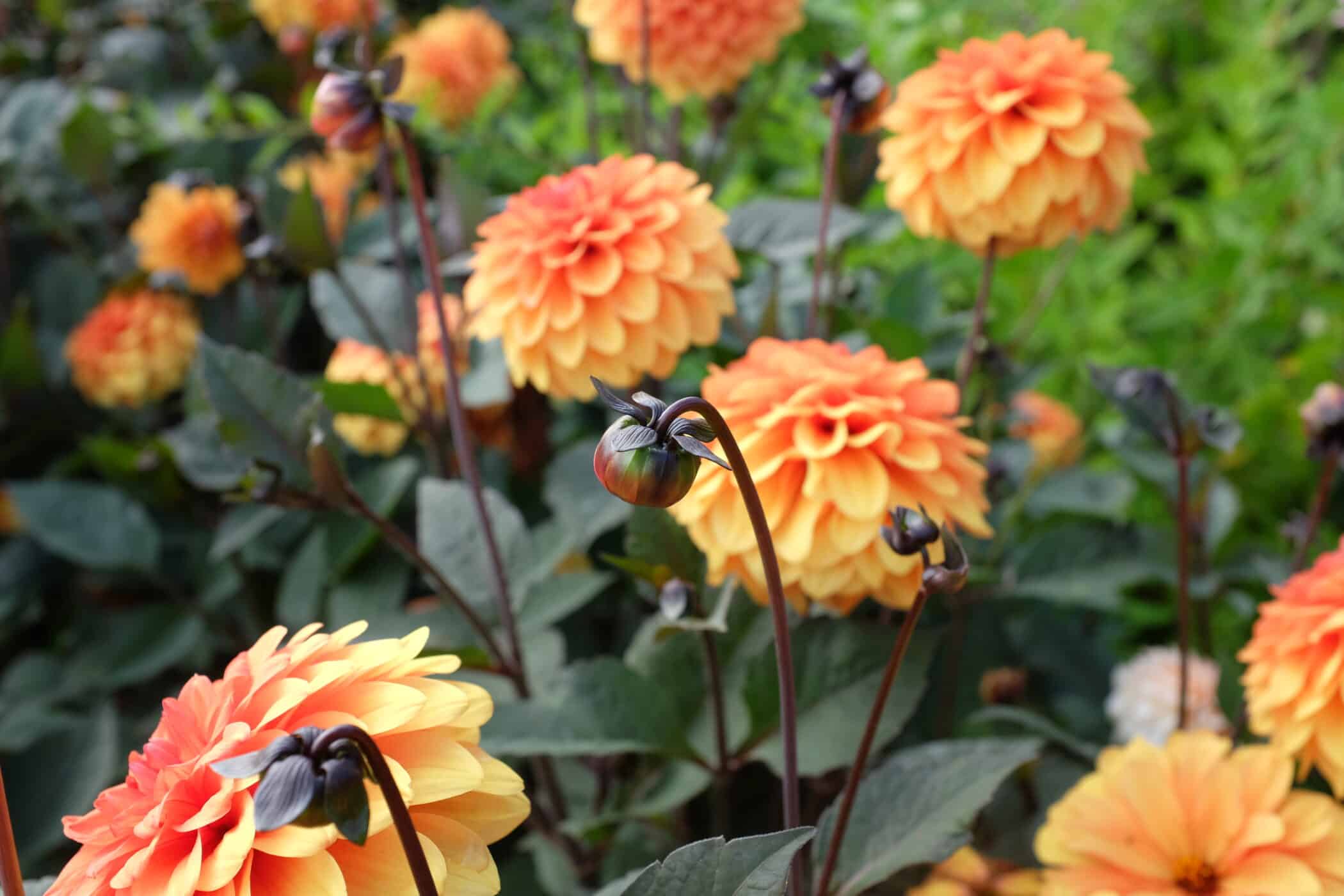
A new Dahlia bud – leave this one on!
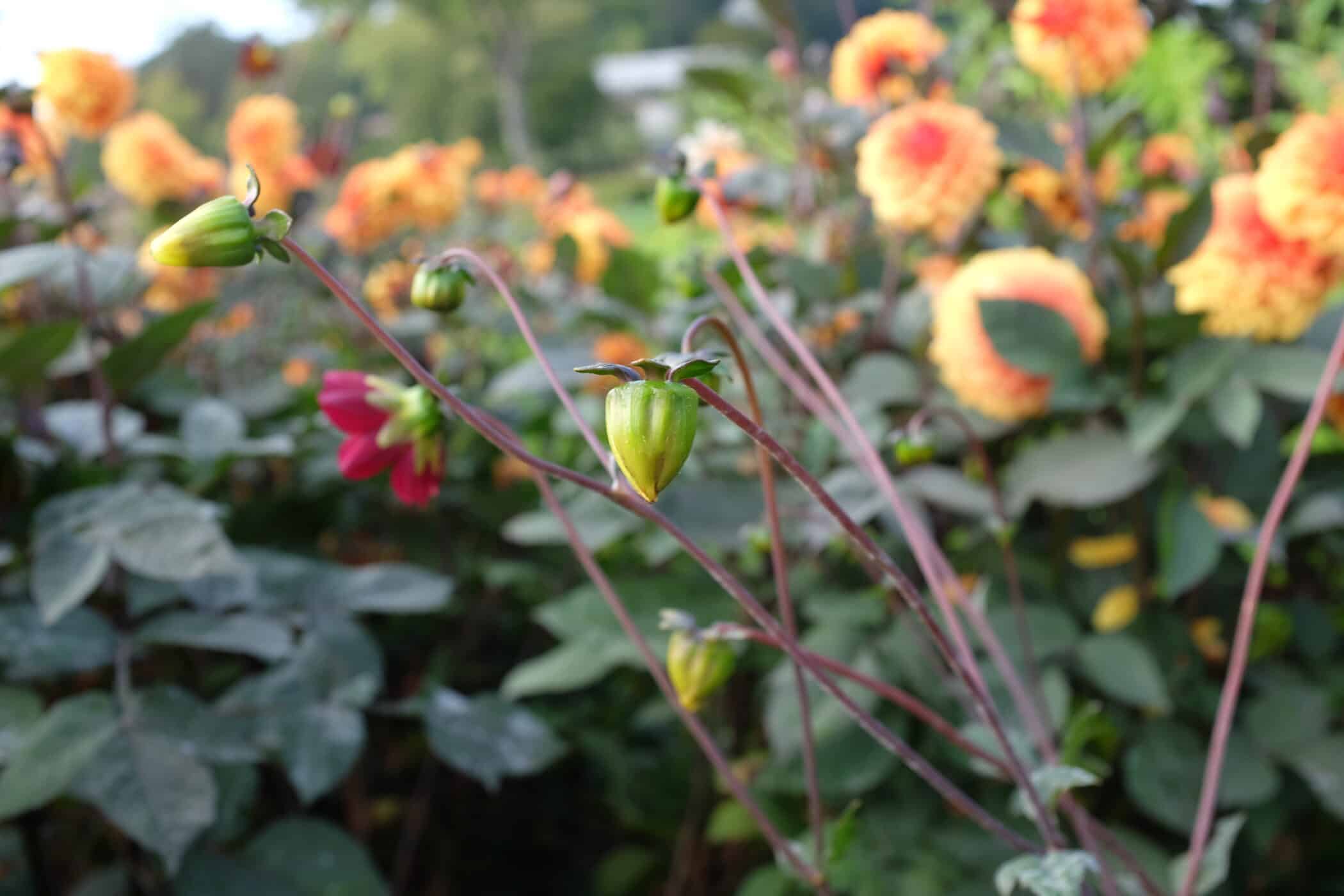
A spent Dahlia bud – snip this one off!
Planting trees and shrubs
If you are planting trees, it’s good to think about this whilst the soil is still warm. You have a few months but once the ground starts to freeze in winter it’s best to leave any tree or shrub planting until spring.
Lawncare
Give lawns a once over before autumn sets in – rake over to remove any dead blades of grass, and use a garden fork to punch holes in the soil, methodically aerating the ground. If you have a proper aerator, even better, but a fork will do the job. We do this to stop soil compacting, and to allow water and nutrients to therefore reach the grass’ roots. It also helps to prevent the build up of moss if you’re after a pristine lawn (though we quite like moss at Dig).
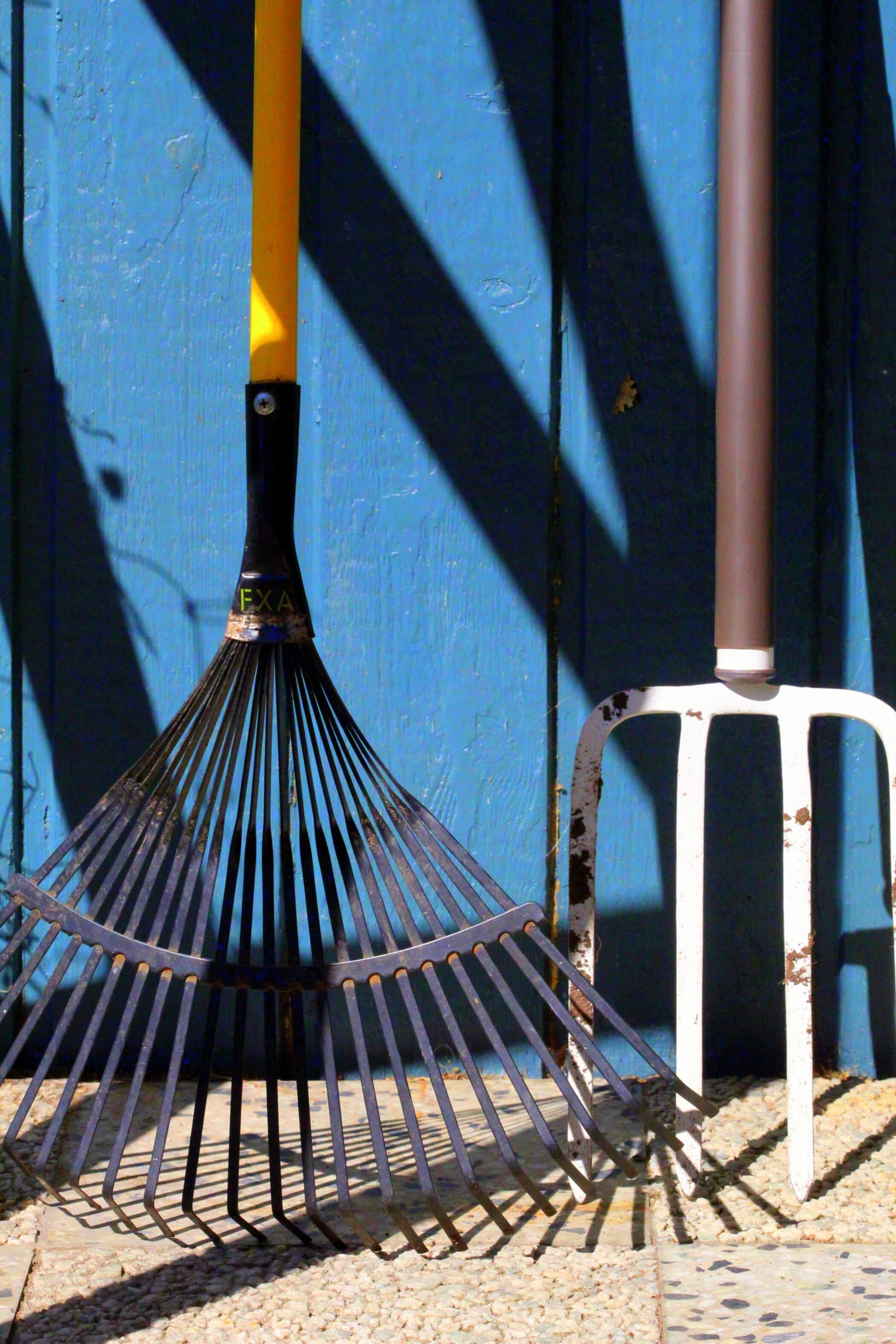
Seasonal colour
As summer flowering plants begin to die back, now is a great time to think about autumn colour. For a full guide to a few great ways to add autumn colour to your outdoor space, check out this post by our Operations Lead, Lydia.
One easy, quick and affordable way to add a simple splash of colour is to plant up a new pot. Cyclamen and ivy work beautifully together and can be purchased affordably from your local garden centre. For a modern twist, consider adding an evergreen grass such as Pheasants Tail Grass.
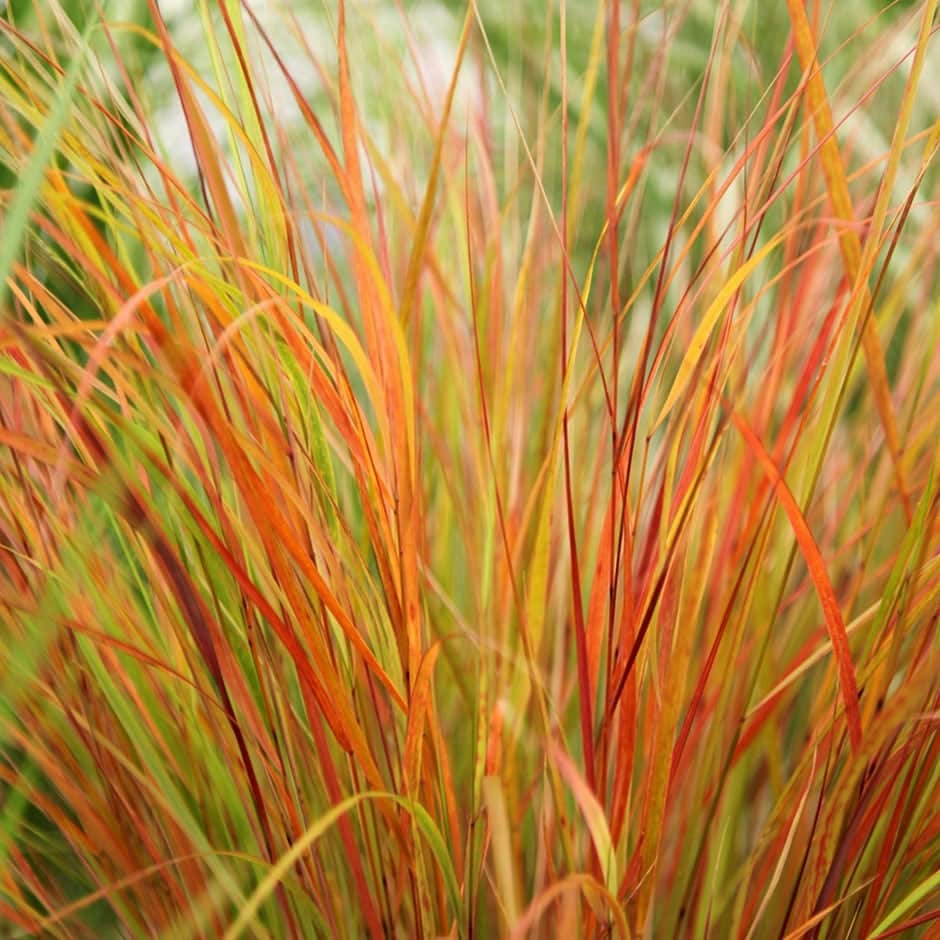
Watering
It’s becoming less and less important as the days cool and moisture is retained more readily in the soil, but there are still flashes of heat in September and even October so don’t hang up the watering can just yet. Continue to keep an eye on your plants, and ensure that soil remains damp under the surface – though, as ever, avoid your plants sitting in too much water. Remember to drain any trays that pots may be sitting in for too long!
A good old fashioned tidy up
As the days become cooler and damper, plants will drop leaves that can easily build up around the bases of plants. It’s a good idea to have a tidy up, removing these from your pots and flower beds. To ensure that you’re not entirely removing the advantageous habitats these provide for insects and other wildlife, if you have the space, consider leaving piles of these debris in quiet corners.
Clearing and cleaning walkways and paths around the garden, giving patios a sweep and washing balcony floors is also a pleasing job for this time of year. It ensures everything is looking smart and intentional – especially if you are leaving seed heads and dead plant stems in place for wildlife, and has the added bonus of reducing the risk of slippery surfaces.
Maximise your plants
Many plants can be divided, giving you more bang for your buck year on year. You can do this with lots of plants as they become bigger giving you more individual plants to spread around your garden where you see fit. Grasses really lend themselves to division, as do hardy perennials such as Hostas, Rudbeckia, Salvias and many more. Each plant will be slightly different, and easy to research online the correct technique on a case by case basis, but the basis principle is to dig up the plant, cut carefully through the roots, ensuring that there is enough rootball left on each side (we recommend dividing plants when the original rootball is larger than the size of a football). Once divided, trim back the foliage on each new plant and plant out before giving a good water. If you are noticing that plants in your Dig beds are becoming large and ungainly and would like to explore dividing them, you can always drop us any questions in an Instagram direct message or via hello@digclub.co.uk
Mediterranean Management
Proud owners of our Mediterranean theme will very likely have herbs such as Rosemary and Thyme in their gardens, as well as beautifully scented aromatics like Lavender. Late-summer and autumn is an opportune moment to give these a trim. Removing any leggy fronds or lengthy stems helps to keep these plants tight and contained, and avoids straggly looking plants next year. Think about the plant as a loose ball, and trim back to that basic shape. Make sure to use a pair of clean, sharp secateurs or garden snips/scissors to avoid rough cuts that increase the risk of disease. Cut Rosemary and Lavendar stems, tied together and dried, can look great in a vase or on a mantelpiece too.

Autumn Wildlife
The next few months are an important time of year for wildlife. Birds and mammals are building up energy reserves for the colder months, and pollinators will be making the most of the last of the flowers and their pollen before above-ground growth truly winds down. There are lots of ways that we can improve our outdoor spaces to ensure that we’re providing a helpful, welcoming environment and building a robust eco-system. Despite our green and pleasant land, Britain is actually one of the most nature-deprived countries on earth with native species numbers struggling across the board. Every small step we can take to provide nutrients and habitats therefore, is a small step towards improving the situation. Presented in no particular order, here are a few things to consider introducing to your outdoor space this autumn:
- Build a log pile – Slowly decomposing wood provides a fantastic habitat for insects, on which birds feed in turn. A quiet corner of your garden, behind a shed or somewhere out of sight if you don’t want to make a feature of it, is a perfect place. It doesn’t need to be massive, two or three logs will make a miniature world of difference.
- Introduce water – Whether it’s a pond or a water feature, any water in your outdoor space will be hugely beneficial. This video from Instagram user @marfskitchengarden has been circulating showing the benefits that even the smallest of ponds can bring to a garden. If you have space, it’s a good idea to have two ponds, as frogs enjoy moving from one to another. Remember that, if you have small children, it’s a good idea to put a little fence around any open water.
- Pond clean up – If you already have a pond, now is a good time to give it a bit of a clean. Remove excess plantlife and spent flowers – but ensure to leave debris by the edge of the pond for at least 24 hours to allow any inhabitants to make their way back into the water before disposing
- Put up a bird box – Though nesting season is over, autumn is a good time to think about providing a habitat for next year. Birds will get used to its presence and hopefully have it in their sights for spring. They can also provide useful shelters against the cold over winter. If you already have a bird box, now is a good time to clean and disinfect it.
- Help a hedgehog – Our native prickly little rodents are a joy every time they visit a garden but sadly they’re in steep decline. A hedgehog house is one way to give them a safe harbour to hibernate over winter. Installing one in a quiet corner of the garden, and perhaps supplementing their diet of insects with some cat biscuits or specialist hedgehog food if you’re feeling particularly charitable as well as a dish of water before winter really begins, can be a lifeline for these wonderful creatures. The Woodland Trust has a nice, simple guide on how to build a hedgehog house here.
- Scrupulous secateuring – Though autumn is indeed an excellent time for a bit of pruning, it’s important to leave some behind as dead branches, seedheads and plant stems provide important habitats for autumn and winter hibernating insects, as well as a food source to other wildlife. If you’re cutting back dead, dry plant stems and heads, consider leaving even a few, to encourage more wildlife to visit your outdoor space. Another option is to tidy the majority of your outdoor space, but leave one or two areas untouched. Gardens can take on a more manicured or natural look – and there are ways to achieve both, without impacting wildlife too heavily.
